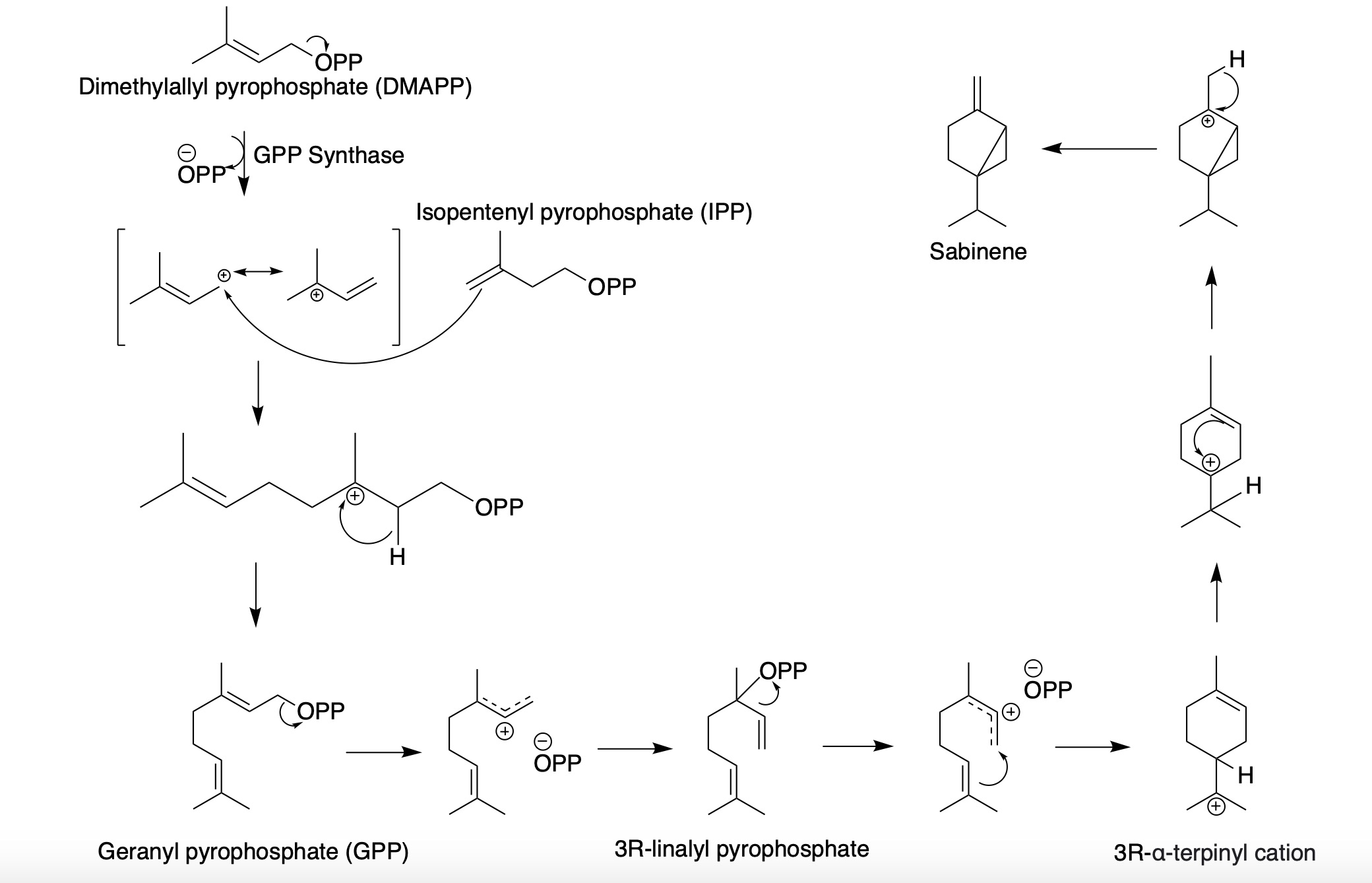|
Zingiber Cassumunar
Cassumunar ginger: ''Zingiber cassumunar'', now thought to be a synonym of '' Zingiber montanum'' (J.König) Link ex A.Dietr., is a species of plant in the ginger family and is also a relative of galangal. It is called ''plai'' (ไพล) in Thailand, in addition to (ว่านไฟ ''wan-fai'') in Isan language and (ปูเลย ''bpulai'') in northern Thai language. The rhizome of variant 'Roxburgh' is used medicinally in massage and even in food in Thailand, and somewhat resembles ginger root or galangal. International Center for Science and High Technology Portal In aromatherapy, ''plai'' oil is used as an essential oil and is believed to ease pain and inflammation. It is also known as ponlei (ពន្លៃ) in Cambodia. A Japanese study from 1991 suggests (E)-1-(3,4-dimethoxyphenyl)but-1-ene, an active ingredient of ''Z. cassumunar'' rhizomes, has analgesic and anti-inflammatory properties. In addition, an American study found that ''plai'' oil exhibits antimicro ... [...More Info...] [...Related Items...] OR: [Wikipedia] [Google] [Baidu] |
William Roxburgh
William Roxburgh FRSE FRCPE Linnean Society of London, FLS (3/29 June 1751 – 18 February 1815) was a Scottish people, Scottish surgeon and botanist who worked extensively in India, describing species and working on economic botany. He is known as the founding father of Indian botany. He published numerous works on Indian botany, illustrated by careful drawings made by Indian artists and accompanied by taxonomic descriptions of many plant species. Apart from the numerous species that he named, many species were named in his honour by his collaborators. Early life He was born on 3 June 1751 on the Underwood estate near Craigie, South Ayrshire, Craigie in Ayrshire and christened on 29 June 1751 at the nearby church at Symington, South Ayrshire, Symington. His father may have worked in the Underwood estate or he may have been the illegitimate son of a well-connected family. His early education was at Underwood parish school perhaps also with some time at Symington parish school, a ... [...More Info...] [...Related Items...] OR: [Wikipedia] [Google] [Baidu] |
Acinetobacter Baumannii
''Acinetobacter baumannii'' is a typically short, almost round, rod-shaped ( coccobacillus) Gram-negative bacterium. It is named after the bacteriologist Paul Baumann. It can be an opportunistic pathogen in humans, affecting people with compromised immune systems, and is becoming increasingly important as a hospital-derived (nosocomial) infection. While other species of the genus '' Acinetobacter'' are often found in soil samples (leading to the common misconception that ''A. baumannii'' is a soil organism, too), it is almost exclusively isolated from hospital environments. Although occasionally it has been found in environmental soil and water samples, its natural habitat is still not known. Bacteria of this genus lack flagella, whip-like structures many bacteria use for locomotion, but exhibit twitching or swarming motility. This may be due to the activity of type IV pili, pole-like structures that can be extended and retracted. Motility in ''A. baumannii'' may also be due to ... [...More Info...] [...Related Items...] OR: [Wikipedia] [Google] [Baidu] |
Plants Described In 1810
Plants are predominantly photosynthetic eukaryotes of the kingdom Plantae. Historically, the plant kingdom encompassed all living things that were not animals, and included algae and fungi; however, all current definitions of Plantae exclude the fungi and some algae, as well as the prokaryotes (the archaea and bacteria). By one definition, plants form the clade Viridiplantae (Latin name for "green plants") which is sister of the Glaucophyta, and consists of the green algae and Embryophyta (land plants). The latter includes the flowering plants, conifers and other gymnosperms, ferns and their allies, hornworts, liverworts, and mosses. Most plants are multicellular organisms. Green plants obtain most of their energy from sunlight via photosynthesis by primary chloroplasts that are derived from endosymbiosis with cyanobacteria. Their chloroplasts contain chlorophylls a and b, which gives them their green color. Some plants are parasitic or mycotrophic and have lost the ability ... [...More Info...] [...Related Items...] OR: [Wikipedia] [Google] [Baidu] |
Zingiber
The genus ''Zingiber'' is native to Southeast Asia especially in Thailand, China, the Indian Subcontinent, and New Guinea. It contains the true gingers, plants grown the world over for their culinary value. The most well known are '' Z. officinale'' and '' Z. mioga'', two garden gingers. Culinary Each ginger species has a different culinary usage; for example, myoga is valued for the stem and flowers. Garden ginger's rhizome is the classic spice "ginger", and may be used whole, candied (known commonly as crystallized ginger), or dried and powdered. Other popular ginger Ginger (''Zingiber officinale'') is a flowering plant whose rhizome, ginger root or ginger, is widely used as a spice A spice is a seed, fruit, root, bark, or other plant substance primarily used for flavoring or coloring food. Spices ...s used in cooking include cardamom and turmeric, though neither of these examples is a "true ginger" – they belong to different genera in the family (biology), fa ... [...More Info...] [...Related Items...] OR: [Wikipedia] [Google] [Baidu] |
Curcuminoid
A curcuminoid is a linear diarylheptanoid, a relatively small class of plant secondary metabolites that includes curcumin, demethoxycurcumin, and bisdemethoxycurcumin, all isolated from turmeric (Turmeric, curcuma longa). These Chemical compound, compounds are natural phenols and produce a pronounced yellow color that is often used to color foods and medicines. Curcumin is obtained from the Rhizome, root of turmeric. Curcuminoids are solubility, soluble in dimethyl sulfoxide (DMSO), acetone and ethanol, but are poorly soluble in lipids. It is possible to increase curcuminoid solubility in water, aqueous phase (matter), phase with surfactants or surfactant, co-surfactants. Most common derivatives have different substituents on the phenyl groups. There is an increasing demand for demethoxycurcumin, bisdemethoxycurcumin, and other curcuminoids because of their biological activity. Cyclodextrins Curcuminoids form a more stable Coordination complex, complex with solutions which c ... [...More Info...] [...Related Items...] OR: [Wikipedia] [Google] [Baidu] |
Terpineol
Terpineol is any of four isomeric monoterpenoids. Terpenoids are terpene that are modified by the addition of a functional group, in this case, an alcohol. Terpineols have been isolated from a variety of sources such as cardamom, cajuput oil, pine oil, and petitgrain oil. Four isomers exist: α-, β-, γ-terpineol, and terpinen-4-ol. β- and γ-terpineol differ only by the location of the double bond. Terpineol is usually a mixture of these isomers with α-terpineol as the major constituent. : Terpineol has a pleasant odor similar to lilac and is a common ingredient in perfumes, cosmetics, and flavors. α-Terpineol is one of the two most abundant aroma constituents of lapsang souchong tea; the α-terpineol originates in the pine smoke used to dry the tea. (+)-α-terpineol is a chemical constituent of skullcap. Synthesis and biosynthesis Although it is naturally occurring, terpineol is commonly manufactured from alpha-pinene, which is hydrated in the presence of sulfuric acid. ... [...More Info...] [...Related Items...] OR: [Wikipedia] [Google] [Baidu] |
Sabinene
Sabinene is a natural bicyclic monoterpene with the molecular formula C10H16. It is isolated from the essential oils of a variety of plants including Marjoram, holm oak (''Quercus ilex'') and Norway spruce (''Picea abies''). It has a strained ring system with a cyclopentane ring fused to a cyclopropane ring. Sabinene is one of the chemical compounds that contributes to the spiciness of black pepper and is a major constituent of carrot seed oil. It also occurs in tea tree oil at a low concentration. It is also present in the essential oil obtained from nutmeg, ''Laurus nobilis'', and ''Clausena anisata''. Biosynthesis Sabinene, a bicyclic monoterpene, is present in the (+) and (-) enantiomers. It is biosynthesized from the common terpenoid precursor, geranyl pyrophosphate (GPP) that undergoes polycyclization catalyzed by sabinene synthase (SabS). GPP is formed from the terpenoid synthesis pathway with the starter units, isopentenyl pyrophosphate (IPP) and dimethylallyl py ... [...More Info...] [...Related Items...] OR: [Wikipedia] [Google] [Baidu] |
Dermatophytes
Dermatophyte (from Greek '' derma'' "skin" (GEN ''dermatos'') and ''phyton'' "plant") is a common label for a group of fungus of ''Arthrodermataceae'' that commonly causes skin disease in animals and humans. Traditionally, these anamorphic (asexual or imperfect fungi) mold genera are: ''Microsporum'', ''Epidermophyton'' and ''Trichophyton''. There are about 40 species in these three genera. Species capable of reproducing sexually belong in the teleomorphic genus Arthroderma, of the Ascomycota (see Teleomorph, anamorph and holomorph for more information on this type of fungal life cycle). As of 2019 a total of nine genera are identified and new phylogenetic taxonomy has been proposed. Dermatophytes cause infections of the skin, hair, and nails, obtaining nutrients from keratinized material. The organisms colonize the keratin tissues causing inflammation as the host responds to metabolic byproducts. Colonies of dermatophytes are usually restricted to the nonliving cornified lay ... [...More Info...] [...Related Items...] OR: [Wikipedia] [Google] [Baidu] |
Zingiber Montanum
''Zingiber montanum'' is a species of plant in the family Zingiberaceae, with no subspecies. Native to Indo-China and Malesia, it has become an invasive species in the Caribbean and South America; there are many synonyms including ''Zingiber cassumunar Cassumunar ginger: ''Zingiber cassumunar'', now thought to be a synonym of '' Zingiber montanum'' (J.König) Link ex A.Dietr., is a species of plant in the ginger family and is also a relative of galangal. It is called ''plai'' (ไพล) in Th ...''. Gallery Banglai Inflorescence et fleur 3884.jpg Zingiber montanum Blanco2.370-cropped.jpg Zingiber-cassumunar--WilliamRoscoe.gif, "''Z. cassumunar''" by W. Roscoe References Dietrich A (1831) In: ''Sp. Pl. 1: 52'' External links * * {{Taxonbar, from=Q15336912, from2=Q3779298, from3=Q50881325 montanum Flora of Indo-China Flora of Malesia ... [...More Info...] [...Related Items...] OR: [Wikipedia] [Google] [Baidu] |
Analgesic
An analgesic drug, also called simply an analgesic (American English), analgaesic (British English), pain reliever, or painkiller, is any member of the group of drugs used to achieve relief from pain (that is, analgesia or pain management). It is typically used to induce cooperation with a medical procedure. Analgesics are conceptually distinct from anesthetics, which temporarily reduce, and in some instances eliminate, sensation, although analgesia and anesthesia are neurophysiologically overlapping and thus various drugs have both analgesic and anesthetic effects. Analgesic choice is also determined by the type of pain: For neuropathic pain, traditional analgesics are less effective, and there is often benefit from classes of drugs that are not normally considered analgesics, such as tricyclic antidepressants and anticonvulsants. Various analgesics, such as many NSAIDs, are available over the counter in most countries, whereas various others are prescription drugs owing ... [...More Info...] [...Related Items...] OR: [Wikipedia] [Google] [Baidu] |





